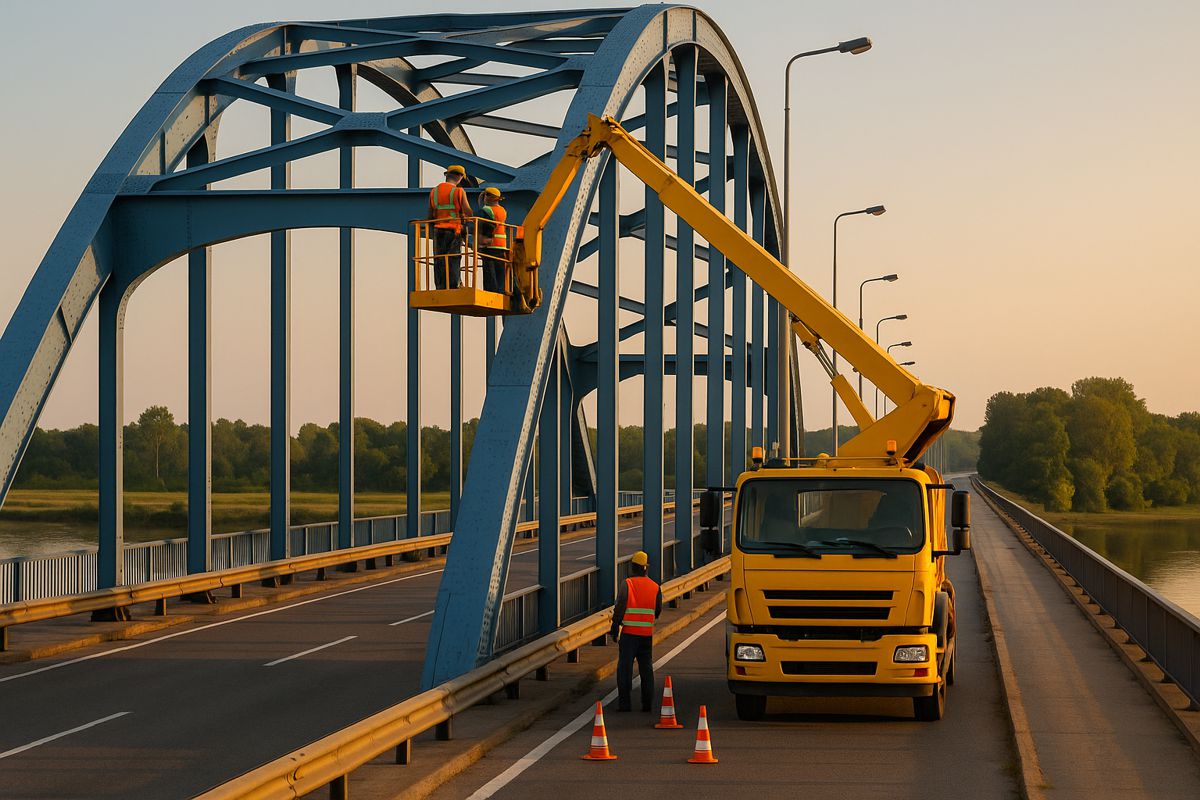Nepal embarks on US$100m Road Improvement Project with World Bank Support
In a landmark move, the Government of Nepal has inked a deal with the World Bank, securing a US$100 million concessional loan from the International Development Association (IDA).
This funding is poised to transform Nepal’s provincial and local road networks, enhancing connectivity, efficiency, resilience, and safety, while also bolstering the government’s capacity to manage this critical infrastructure.
The Provincial and Local Roads Improvement Program (PLRIP)-Phase 1
The ambitious Provincial and Local Roads Improvement Program (PLRIP)-Phase 1 aims to construct and maintain around 3,000 kilometres of all-weather, resilient, and safe roads and bridges.
This massive infrastructure push will directly benefit approximately one million residents in Sudurpashchim, Karnali, and Madhesh provinces. Beyond just building roads, the program is designed to enhance the institutional, managerial, and technical prowess of provincial and local governments, enabling them to effectively plan, design, construct, and maintain road and bridge infrastructure.
Signing the Deal
Dr. Ram Prasad Ghimire, Finance Secretary, signed the financing agreement on behalf of the Government of Nepal. Representing the World Bank, Mr. David Sislen, the Country Director for Maldives, Nepal, and Sri Lanka, also put pen to paper.
Additionally, a separate project agreement was executed by the Ministry of Urban Development, the participating provinces, and the World Bank.
Joint Secretary of the Ministry of Finance, Mr. Shreekrishna Nepal, highlighted the transformative potential of this program, stating: “This program will help enhance rural connectivity, improve access to services and markets, and unlock Nepal’s economic potential in an inclusive manner, while reducing travel time and costs for Nepalis.”
Addressing Connectivity Challenges
Nepal faces significant transport connectivity challenges, particularly in its rural areas. The government recognises the need for substantial investment to support provincial and local administrations as they navigate the complexities of decentralized governance.
The PLRIP is a strategic response to these challenges, aimed at strengthening rural development and enhancing the capacity of local governments to tackle intricate sector issues.
Empowering Local Governments
David Sislen, the World Bank Country Director, underscored the program’s alignment with Nepal’s federalism agenda. He remarked: “The program supports Nepal’s federalism agenda by empowering provincial and local governments and promoting inter-governmental coordination in the transport connectivity sector to help improve the lives of Nepalis through better infrastructure and services.”
Innovative Approaches for Long-term Success
The PLRIP will pioneer several best practices to ensure the program’s long-term success. Key initiatives include:
- Five-year performance-based maintenance contracts: Ensuring sustainable upkeep of newly constructed roads.
- Routine maintenance through self-help groups: Encouraging community participation in road maintenance.
- Community-led complementary infrastructure: Facilitating local involvement in infrastructure development.
- Pilots on alternative connectivity means and rural transport services: Exploring innovative solutions to improve rural transport.
- Approach roads and an online program monitoring system: Enhancing transparency and efficiency in project implementation.
Broader Impacts and Future Phases
The first phase of PLRIP is just the beginning. By targeting three of Nepal’s seven provinces and four local areas, the groundwork is laid for future phases that will scale up the program’s reach and impact.
This incremental approach allows for lessons learned to be incorporated into subsequent phases, ensuring continuous improvement and adaptation to local needs.
Unlocking Economic Potential
Improving Nepal’s road network isn’t just about better roads; it’s about creating opportunities. Enhanced rural connectivity will significantly reduce travel time and costs, making it easier for people to access essential services and markets.
This, in turn, can spur economic activities, foster inclusive growth, and ultimately, improve the quality of life for millions of Nepalis.
Collaborative Efforts for Sustainable Development
The PLRIP exemplifies the power of collaborative efforts between national governments and international institutions. By working together, they can address critical infrastructure needs, promote sustainable development, and support economic resilience.
The partnership between Nepal and the World Bank is a testament to what can be achieved when resources, expertise, and a shared vision for progress converge.
The Future of Nepal’s Transport Connectivity Looks Promising
As Nepal embarks on this transformative journey, the success of the PLRIP will be closely watched by stakeholders and communities alike. The program promises to not only enhance road connectivity but also empower local governments, foster community participation, and introduce innovative practices in infrastructure development.
With the backing of the World Bank and the commitment of the Nepalese government, the future of Nepal’s transport connectivity looks promising, paving the way for a more connected, efficient, and resilient nation.




















